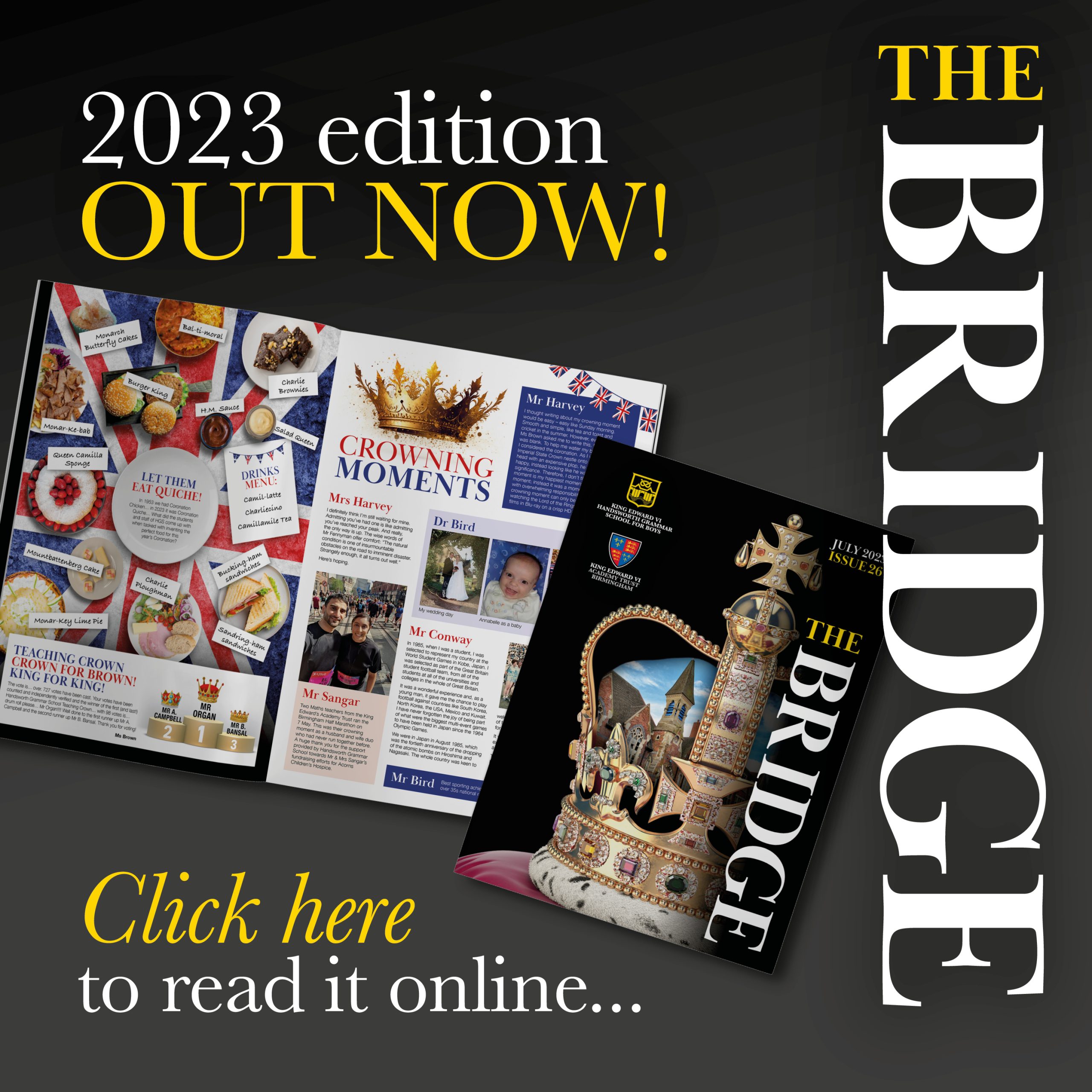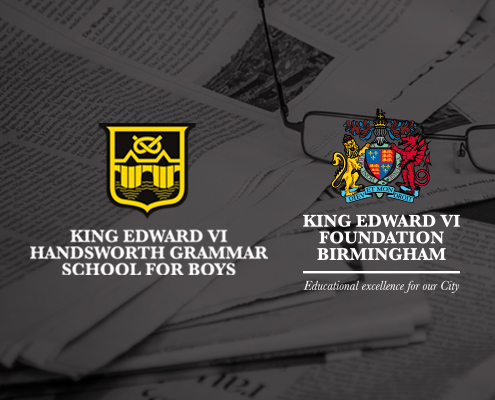King Edward VI Lunar Society 2022-23

Members of the original Birmingham Lunar Society
The origins of our KE Lunar Society date back to the 18th Century, a time of serious political change and revolution. Intellectuals would gather to discuss and debate anything and everything, from the social order problems of the day to the latest scientific advances, and the intertwining political and philosophical issues. The Lunar Society met in Soho House in Handsworth (the home of Matthew Boulton) between 1765 and 1813, and its members changed the face of the world forever. The society gained its name as its monthly meetings were always scheduled for the Monday nearest to the full moon, the better light helping to ensure the members a safer journey home along the dangerous, unlit streets. In our 21st Century Lunar Society, we discuss a range of historical issues once every half term for an hour. These topics go beyond the specification of our A Level studies, giving us a more holistic view of history and allowing us to discuss and debate our own attitudes towards key historical events. We usually focus on a key theme, including the Christmas Truce of 1914, the Holocaust, International Women’s Day, the Monarchy, and the Windrush. We would then discuss questions surrounding the topic such as: What happened? What can we learn from it? What does it tell us about the past? The Lunar Society has been a unique opportunity to go beyond our classrooms and become educated historians, connecting with intelligent students across the Foundation, meeting new people and forming our own opinions on often controversial historical topics. Meetings were always well organised and all members contributed excellently, allowing for thought-provoking discussions and enthusiastic debates. Timothy Lowman KE Handsworth Grammar School for Boys
In the inaugural meeting, after some introductions, we reflected on the question of “What is History?”, and the discussion of answering the said question was guided by readings from E.H. Carr. However, the foundations of the varied and timely topic-based discussion which was the core of the meetings which followed were set in the next topic of this meeting, that being Remembrance in November, particularly its authenticity and usefulness as a warning and lesson against future conflict(s). The Society came to fruition principally in the subsequent meetings after we had become accustomed to the format of structured, turn-based dialogue, which was required using online meetings, and were able to engage in complex discourse and discussion, and thus the society greatly surpassed my personal expectations and went far beyond the syllabus, allowing us to explore compelling opinions and detailed concepts, we would not have otherwise reached. Dylan Guiney-Bailey KE Handsworth Grammar School for Boys

E.H. Carr; author of What is History?
Mr Mohammed chairs our half-termly meetings and has passionately and beautifully upheld the traditions of our Lunar Society by inspiring and kindling the shared love of history all of our members have. For the past year, we have (together) asked questions and provoked new ways of thought to carry the society forward. For example, after being presented with new sources and interpretations that fuel our discussion, everyone has the opportunity to share their thoughts. It is a pleasure to talk with like-minded students across the Foundation and share deep insights about the study and discipline of history in our meetings. The 2023 Lunar Society that we have today is the result of a shared vision and endeavour and for that we are grateful. Liz Kelly KE VI Handsworth School for Girls
As a relatively late member, I was pleased to be welcomed so warmly and have come to really look forward to our meetings. Going beyond A-level history and having the opportunity to explore periods and issues not covered in lessons as well as broader historical ideas such as historiography has enabled me to develop my interest in history as I hope to study it at university. Everyone’s different perspectives on the topics we discuss are what makes the Lunar Society so interesting as we are all able to come together and share our thoughts in a way that we otherwise wouldn’t. Additionally, the nature of Lunar Society’s monthly topics means we always discuss issues that are topical, such as women’s history around International Women’s Day or the monarchy during the Coronation, and I enjoy how our discussions always feel current despite them being about the past. The way that we look at history and how we link historical events to the modern day and their significance now has been really refreshing and opened my eyes to parts of history that I haven’t looked at before, making it hugely beneficial as an aspiring university history student. Hannah Batey KE VI Handsworth School for Girls
Being a part of the Lunar Society with other schools in the KEVI Trust has been engaging, fulfilling, and fascinating, particularly due to being able to interact with other historians. Every member has offered insightful and unique discussion to each meeting, and it has been intriguing to hear a range of perspectives. From discussions on the Christmas Truce of 1914 to the Windrush, I have found myself excited for each meeting as I have valued the opportunity to hear the views of other historians who speak with clarity and confidence, in addition to making friends with people who are just as passionate about the subject of history. Each member’s interpretations and discussions have given me valuable insight into the way other historians think, and the opportunity to be able to engage in such thought-provoking discussions has been invaluable. I am grateful for having the opportunity to get to know such incredible historians whose outstanding intuition and perception have helped me engage in a range of viewpoints regarding history, and I am thus thankful to the Lunar Society for giving us the chance to do this. Harjas Sian KE VI Lordswood School for Girls
One of my favourite discussions within the Lunar Society would most definitely have to be either on the Coronation of King Charles III or the Windrush generation. Not only did I enjoy analysing and evaluating the opinions of certain historians on the topic itself but in these two particular topic areas I thoroughly enjoyed each perspective and view that everyone within the group took. In the Windrush generation discussion, we talked about both the benefits and consequences of colonialism and how it could create a sense of shared identity as a result of language and culture to how it could massively impact the colonised through economic impact and enforcement of Western ideals. We also carefully considered the integration of the Windrush generation into British society. The variety of perspectives really resonated with me which is one of the main reasons why I enjoy the rich discussions of the Society. Tisha Adam KE VI Lordswood School for Girls

Windrush arrival at Tilbury Docks, Essex 1948

Soho House, Handsworth
Wednesday 23rd of November 2022. The beginning of the Lunar Society, with four members and Mr Mohammed. We had no idea what to expect, well, I certainly didn’t. Almost nine months later, the Lunar Society I saw in November, is not the same one I am now a part of in July – it has grown in size and broadened in the topics we discuss. History cannot be unpicked by one perspective, or even four, or for that matter, even nine. But I am proud to say that discussing pinnacle moments in history with these eight highly articulate students has been a learning curve for me, and I’m sure they would say the same. With the passing of time, and the addition of a group chat, the cross-school divisions faded and we began to feel more truly like a society. We were able to bounce off one another and speak with more confidence, which subsequently increased the value of our conversations, making them more frank and interesting in nature. However, one thing has remained consistent throughout our discussions this year: What is History? is E.H. Carr’s text, and it has remained a focal point of our agenda. When we question the nature of history, we question the history itself. I ask you to ponder the same question – the answer to which leads to endless thought and philosophies. Amal Khan KE VI Handsworth School for Girls
Through our multiple online Teams sessions, we have gained many valuable skills such as an increased understanding of pertinent aspects of our history that impact and influence our lives in today’s world. For example, we just recently explored the monarchy and its history following King Charles’ coronation. We are also given many opportunities in which we debate and discuss our opinions on issues and historical topics in which we try and understand different perspectives along with expressing our own. This also helps us in building and developing our communicative and debating skills as we articulate our opinions on thought-provoking ideas such as the necessity of history. This can no doubt also help us outside of the Lunar Society meetings. Along with this, we are also able to meet and make friends with our fellow Lunar Society members and indulge in multiple valuable insights which is extremely useful. Ganga Dewgun KE VI Handsworth School for Girls
The greatest skill that the Lunar Society has given us is communication. As anyone would expect, having discussions with a group of complete strangers can be quite daunting. However, we all quickly became familiar with each other, and gained confidence in speaking, especially since some members would congratulate well-presented points! Not only did our general communication benefit, but interacting with students across the Foundation has improved our people skills also, which will be incredibly useful in the world of work. The Lunar Society has given us skills that we can use in the future, including what I believe are the two most important life skills: teamwork and collaboration. A group that can have both thought-provoking historical discussions and interesting conversations outside of the professional environment reflects its members and their individual skills and qualities. That is exactly what the Lunar Society has become and it has been indescribably beneficial for each of its members. Sami Zahid KE Handsworth Grammar School for Boys


















